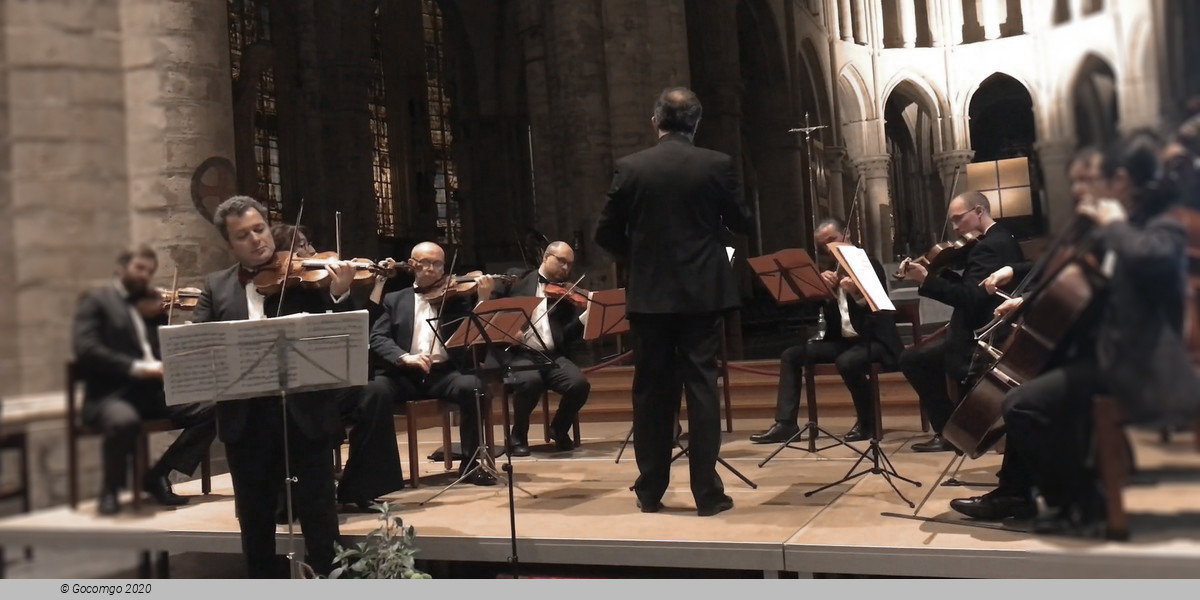Saints Michael and Gudula Cathedral (Brussels, Belgium)
There are no events to show for 1 - 30 Apr 2025.
Saints Michael and Gudula Cathedral

A chapel dedicated to St Michael was probably built here as early as the 9th century. In the 11 th century it was rep!aced by a Romanesque church which became a “collegiale church” in 1047. The relics of St Gudula were transferred there. From then onwards, it became known as “the collegiale church of St Michae! and St Gudula”.
In February 1962, it was given cathedral status, and since then it has been the seat of the Archbishop of Malines-Brussels, together with St Rombouts cathedral in Malines. The building of the present church in Gothic “Brabançon” style began with the choir in 1226. Works of art: stained glass window (16th century), confessionals (16th century), pulpit (17th century), carillon (1975). A thorough restauration of the cathedra! was carried out between 1983 and November 1999. Remains of a Romanesque church were discovered, as weIl as a Romanesque crypt under the choir.
The building of the Cathedral (which used to be the collegiate church of St. Michael and St. Gudula) started at the beginning of the 13th century at the request of Henry I, Duke of Brabant. This period coincides with the appearance of the Gothic style in the region. It took about 300 years to complete this gigantic undertaking. It was finished just before the reign of the emperor Charles V. Its architecture shows the different characteristics of the Brabant Gothic style. The restoration of the nave from 1983 to 1989 returned the stones, vaults and windows to the splendour of former days. During the same restoration campaign, important and well-preserved remains of the eleventh century Romanesque church were discovered, which can now be visied by the public.
NAVE: The twelve columns of the nave are flanked by statues of the apostles. These baroque figures date of the 17th century and were sculpted by great Brabant sculptors of that time (Jérôme Duquesnoy the Younger, Luc Faid’herbe, Tobie de Lelis…) to refurbish the collegiate church sacked by the iconoclasts during the 16th century. They emphasise the apostolic origin of the Church. The capitals of the pillars are decorated with curled row-foliage cabbage leaves linked by crosswise ribbons showing the typical features of Brabant gothic. The triforium is made of delicate trilobate arcades. During the restoration, the bosses in the vault revealed their original polychrome. The pulpit was carved by H.F.Verbruggen in 1699 and qualifis as a fine example of “naturalistic” Baroque art. It depicts the fall of Adam and Eve and the Redemption, symbolised by the Virgin (standing on a moon crescent, her head crowned with twelve stars, as described by St.John in his Apocalypse) and the Infant piercing the head of the serpent with a long cross. The Grenzing organ hangs in a “bird’s nest” position and was inaugurated in October 2000.

